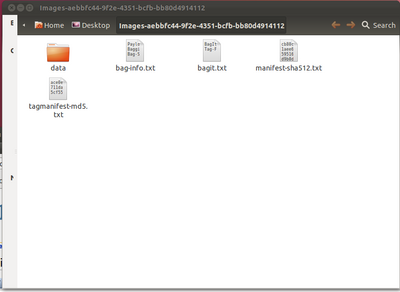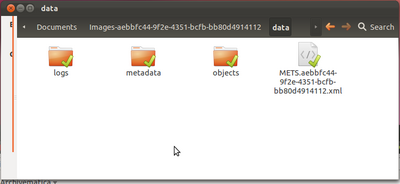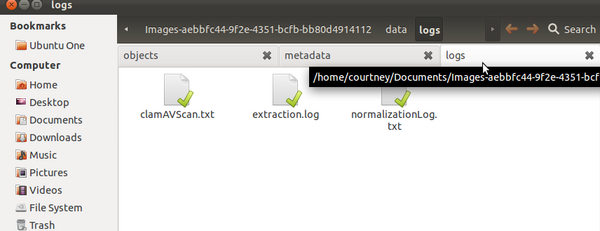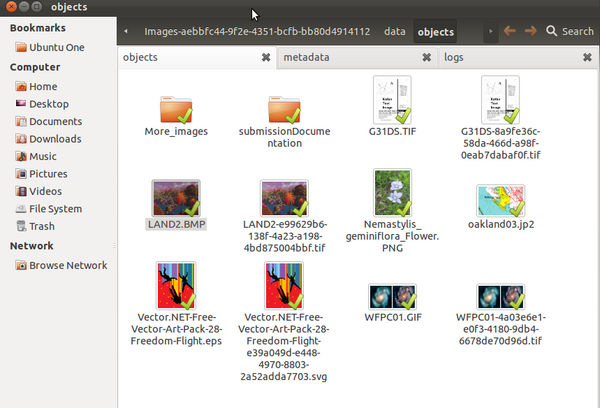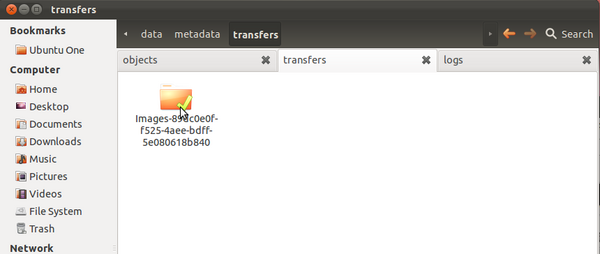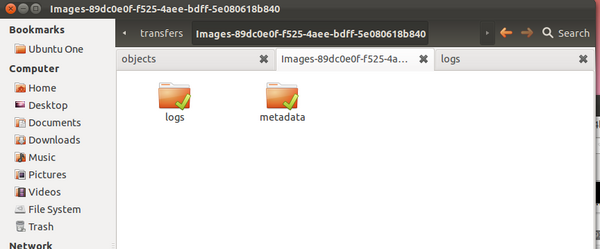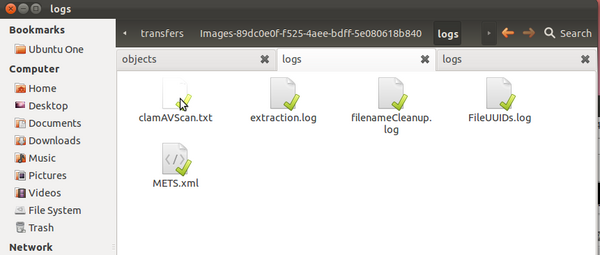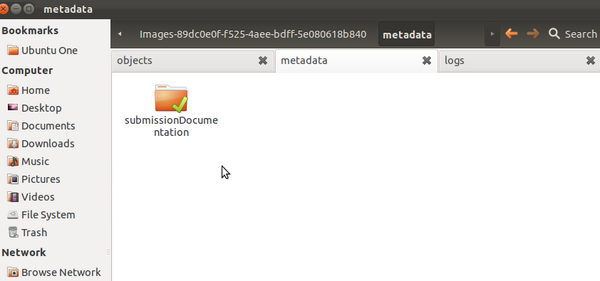AIP structure
Jump to navigation
Jump to search
Main Page > Development > Development documentation > AIP structure
In progress.
Name
The AIP name is composed of the following:
- Either the name of the original transfer if no new name has been assigned to the SIP upon formation or the name of the SIP or SIPs created from the transfer and
- a UUID assigned during SIP formation
example: Images-aebbfc44-9f2e-4351-bcfb-bb80d4914112
"Images" is the name assigned by the user and "aebbfc44-9f2e-4351-bcfb-bb80d4914112" is the UUID generated during SIP formation.
Directory Structure
BagIt documentation
- The AIP is packaged in accordance with the Library of Congress Bagit specification (PDF, 84KB) In Figure 1, the BagIt files are bag-info.txt, bagit.txt, manifest-sha512.txt and tagmanifest-md5.txt.
Data
The data directory consists of the METS file and three folders: logs, metadata and objects.(See Figure 2)
- Logs: contains normalization log, malware scan log, and submission documentation extraction log generated during SIP creation. (See Figure 3 below)
- Metadata: contains a folder containing logs from each transfer that makes up the SIP. The METS file for each transfer's original order is contained within the log file for the transfer (see bottom of page at METS for Archivematica transfer).(See Figure 4 below) More information about the contents of the "transfer" file(s) and screenshots in Transfer section below.
- Objects: contains original objects, normalized objects and submission documentation. If there were any lower level directories within the SIP, that directory structure is maintained. (See Figure 5 below)
- METS file containing the full PREMIS implementation (see PREMIS metadata for original file, PREMIS metadata: normalized files, PREMIS metadata: events, and PREMIS metadata: rights
